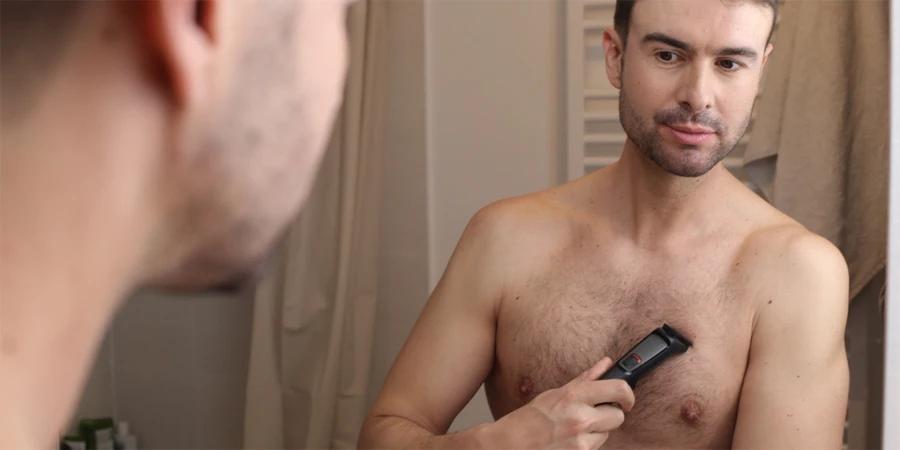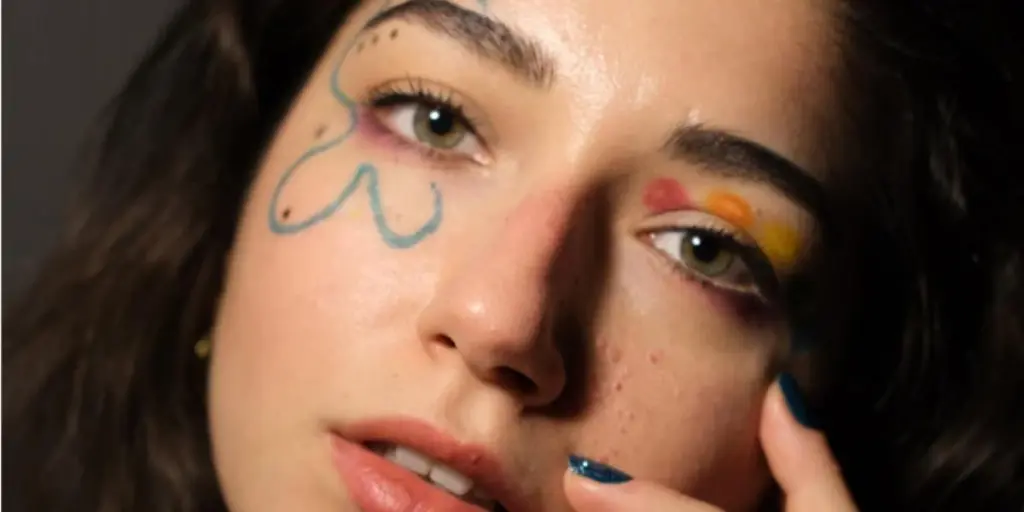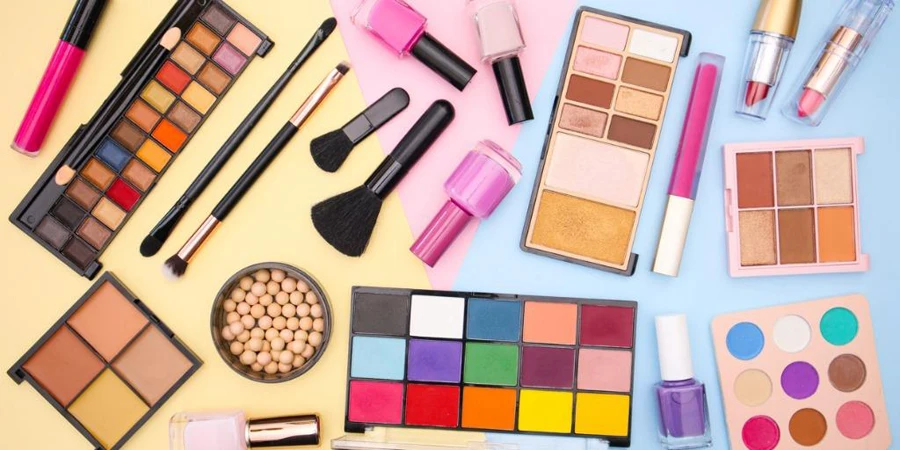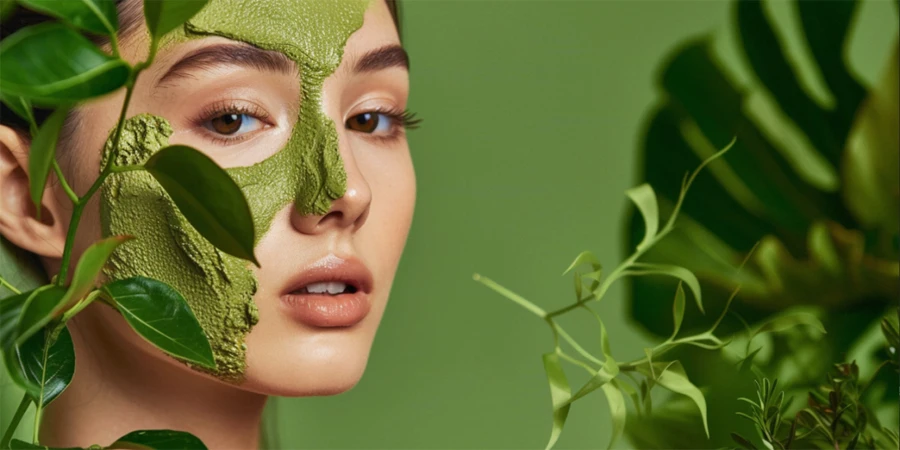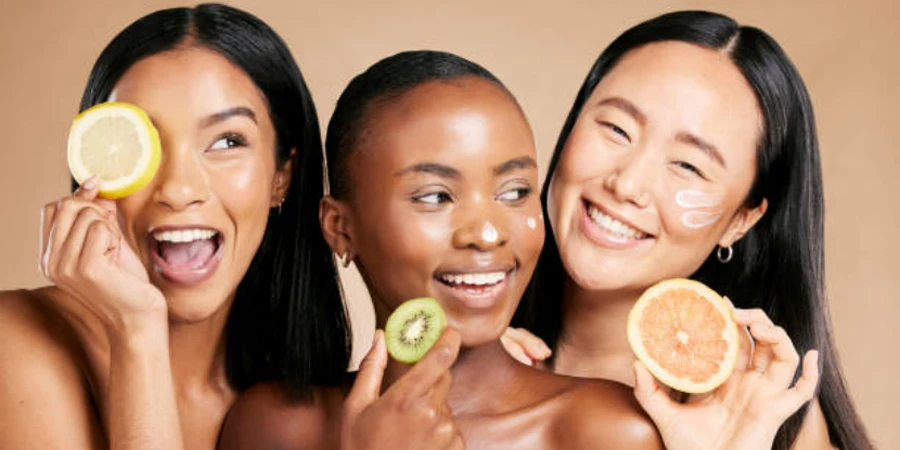As we approach 2025, the body haircare industry is experiencing unprecedented growth, fueled by shifting consumer attitudes and an increased focus on sensitive skincare solutions. This article explores key trends, market insights, and emerging opportunities within this booming sector, highlighting the pivotal role of Gen Z and Millennials in its expansion.
Table of Contents
Market overview: The rise of body haircare
Key drivers of growth: Societal changes and consumer behavior
Leading products and innovations in body haircare
Target demographics: Understanding Gen Z and Millennials’ impact
Geographical insights: Market leaders and emerging territories
Future directions: Trends to watch and potential market shifts
Market overview: The rise of body haircare
The body haircare boom, set to reshape the beauty industry by 2025, is primarily driven by the body hair positivity movement. With a global hair removal market projected to reach $4.94 billion by 2027, the shift in consumer perception towards body hair is rapidly destigmatizing, prompting an increased demand for specialized care products.
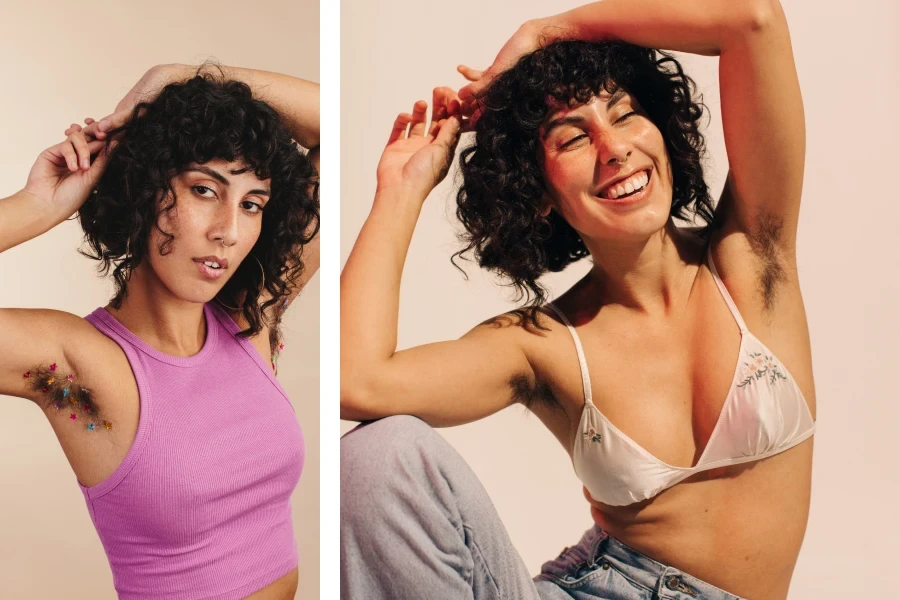
These products cater not just to hair removal but also to the nourishment and care of body hair, emphasizing formulations suited for even the most delicate areas.
Key drivers of growth: Societal changes and consumer behavior
The transformation in body haircare is significantly influenced by young consumers who are actively challenging and changing traditional beauty standards. Social media platforms like TikTok have become pivotal in this cultural shift, with hashtags such as #BodyHairPositivity and #PcosFacialHair amassing hundreds of millions of views.
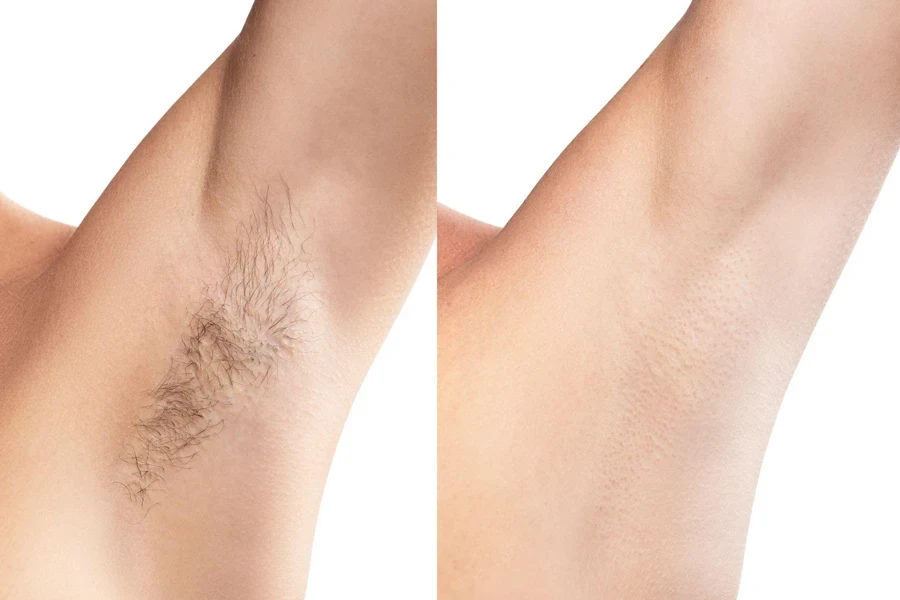
These platforms facilitate a community-driven approach to beauty, where personal choice and empowerment are paramount. Consumers are increasingly looking for products that offer flexibility in body hair management, whether it’s through gentle removal techniques or products that enhance body hair’s natural appearance.
Leading products and innovations in body haircare
In response to these evolving consumer needs, brands are innovating with products that ensure safety and sensitivity. Notable products include Fur’s Ingrown Deodorant, which targets ingrown hairs and skin discoloration with natural ingredients like willow bark extract and niacinamide, and Crybaby Wax’s range designed specifically for those with hirsutism or PCOS.
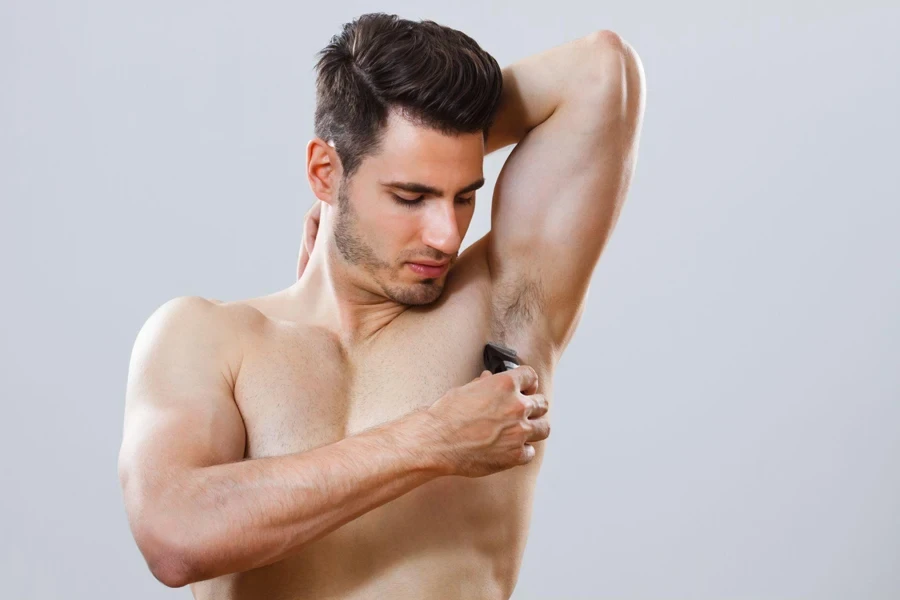
Additionally, tech-driven solutions like Foreo’s PEACH 2 use advanced IPL technology combined with skin-cooling systems to provide long-term hair removal, demonstrating how technology and skincare are merging in this sector.
Target demographics: Understanding Gen Z and Millennials’ impact
The primary consumers driving the body haircare trend are predominantly Gen Z and Millennials, who favor products that align with their ethical values and skincare needs.
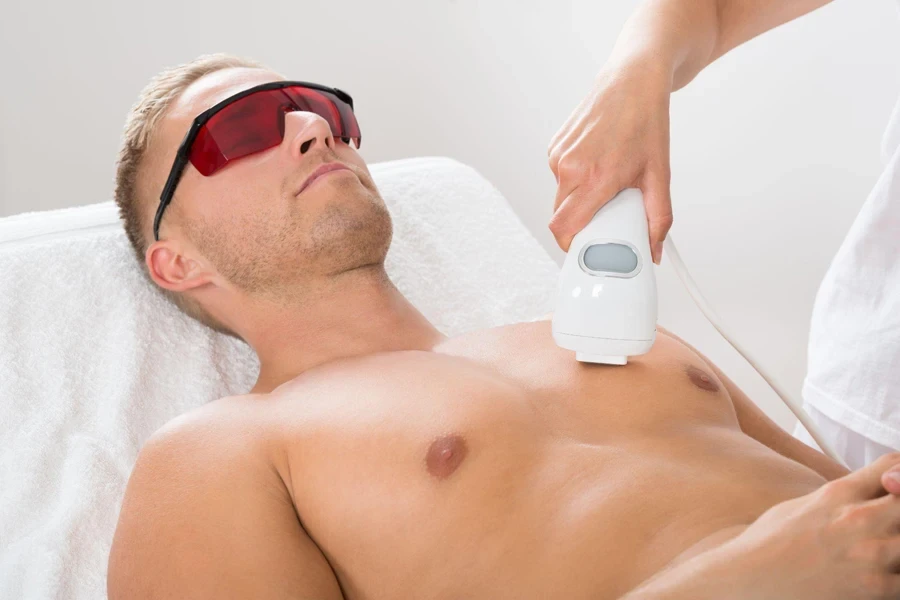
These consumers prefer transparent, sensitive-skin-friendly formulations—termed “Skintentionals”—and are keen on brands that support body positivity (“Skinics”). Their preferences are shaping how products are formulated, marketed, and distributed, making them central to strategies for brands looking to capture this growing market segment.
Geographical insights: Market leaders and emerging territories
Geographically, North America and Europe are leading the charge in the body haircare market, with significant growth also expected in Latin America. The APAC region, particularly countries like Japan with products such as Suzuki Herb Laboratory’s Pineapple and Soy Milk range, shows a preference for gentle, natural hair removal options. This global spread indicates a diverse market potential, with varied consumer needs that reflect regional beauty standards and practices.
Future directions: Trends to watch and potential market shifts
As the body haircare market continues to evolve, key trends to watch include the integration of skincare benefits into hair removal products, such as moisturizing and anti-inflammatory properties, and the rise of home-based treatment technologies.
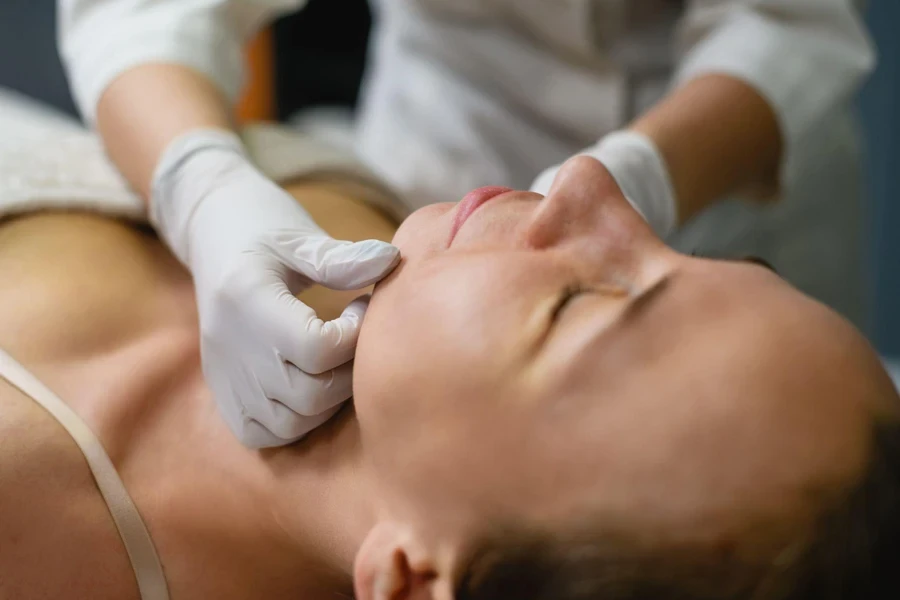
The ongoing dialogue on social media and consumer advocacy will likely continue to influence product development and marketing strategies, making community engagement crucial for brands. Additionally, the push towards more sustainable and ethically produced products is expected to shape future offerings in this category.
Conclusion
As we look toward 2025, the body haircare market is poised for significant expansion, reflecting broader cultural shifts and evolving consumer expectations. The growing acceptance and celebration of body hair, underpinned by the body positivity movement, is not just reshaping beauty norms but also driving innovation within the skincare and haircare industries. Brands that are quick to adapt to this trend—offering products that cater to sensitive skin, embrace ethical production, and prioritize consumer well-being—will find themselves at the forefront of a lucrative market. Moreover, engagement with platforms like TikTok and embracing community feedback will be crucial for brands aiming to connect with the influential Gen Z and Millennial demographics. Ultimately, the success in this evolving market will depend on a brand’s ability to blend consumer insight with innovative, inclusive product developments. As this trend continues to unfold, it promises to bring new challenges and opportunities, signaling a dynamic future for the beauty industry at large.
